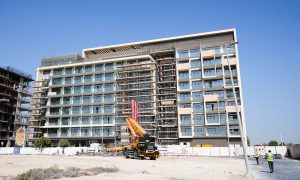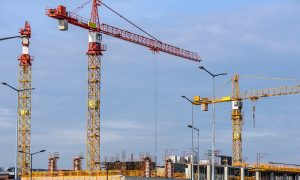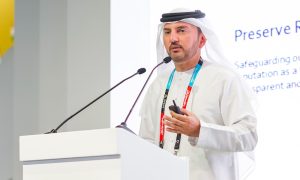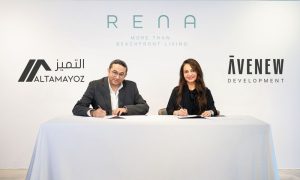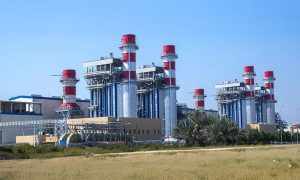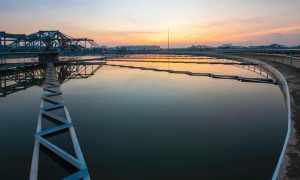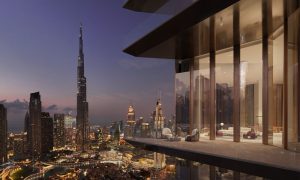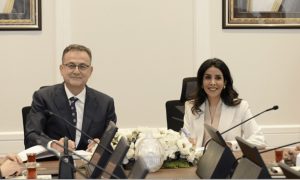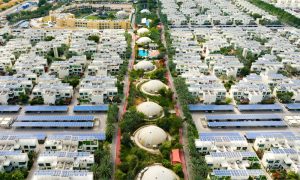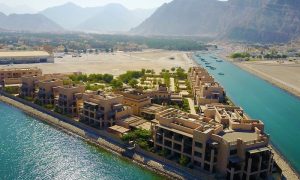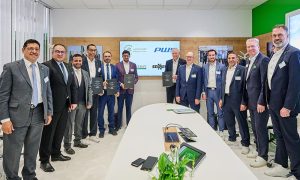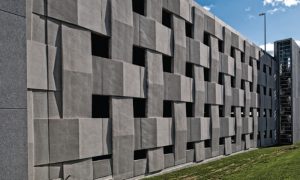Virtual BIM Summit recap: Getting real about modelling
Big Project ME discusses with industry experts the benefits of reality modelling and how it provides a holistic view of an asset

Organised by CPI Trade Media, from 23-25 November, Big Project ME held the first-ever virtual edition of its annual ME BIM Summit. Returning for its fifth year, the three-day event was broadcasted to more than 1000 viewers from across the regional and international constriction industry.
Industry experts, as well as knowledge partners, shared their insights and recommendations on emerging challenges in the construction industry, BIM technology solutions, and project management strategies. The summit also focused on how BIM and its associated technologies have allowed contractors and consultants to seamlessly bridge the gap between being physically onsite and working remotely, due to the pandemic.
In light of this, Big Project ME sat down with Benoit Fredericque, director – Product Management and Ton de Vries, senior director – Business Development at Bentley Systems, to understand why reality modelling is considered as a critical component of the digital twin strategy, and how it’s a way of staying connected to the real-world environment.
“Everything in a city happens in a context, and reality modelling can be used in planning activities. During construction and operation phases, reality models provide the context within which the new building is placed and how it interacts, e.g., with the transportation system in that city,” says de Vries.
He adds that reality models make these interactions visible, and allows city-planners to simulate the effect on the existing infrastructure, and enables them to operate a holistic environment instead of a single asset.
“The starting point of a reality model is analysing the current situation and understanding the different information that is available. Reality models are great starting points for creating an as-built, it helps to visualise and then analyse and simulate all kinds of scenarios including wind analysis, air pollution, heat pockets, etc. These use-cases are numerous once the model is in place,” explains de Vries.
However, de Vries adds that though reality models are a great way of creating a digital model, there are situations where planners can start creating digital twins with existing data or models that are available or which can be obtained as open data.
Meanwhile, Fredericque says that Khatib & Alami’s project in Oman was a good example of an innovative and efficient project. They created a city-wide reality model by using drones for a territory which was quite large, and managed to attain good resolution, he states.
“They split the region into small areas, which allowed them to manage the security aspect and was a very pragmatic way of dealing with constraints. This allowed them to manage risk because each time an area was captured, it was validated, so in a way, they were simultaneously capturing and processing. The whole process took them 90 days to create a full city-wide 3D model.”
ME BIM Summit’s final presentation for Day 3 was given by Rouba Zantout, manager – Professional Services at Khatib & Alami, where she spoke in detail about their project in Oman which integrated Bentley’s ContextCapture with Esri technology.
To view the presentation, please visit: https://meconstructionnews.com/virtual-summits/
Fredericque points out that a clear impact of the pandemic is that it has accelerated more people to go digital, and the role of reality modelling as an enabler of digital twins has helped many people providing virtual representation with a key asset because going on site was no longer possible.
de Vries, meanwhile, adds that there has been increased activity around reality modelling, and governments have realised that they had to go digital quickly.
“One of the reasons for this is that employees had to be sent home during the lockdown, but the city had to remain functional, and still had to operate and provide services to citizens. The other benefit was that since cities were mostly empty, it allowed some regions to create clean reality models and surveys, which helps in designing a good base model for a city.”
He summarises that the key is to understand that it’s not a one-step thing; reality modelling is a way of staying connected to the real-world environment. It should be accessible and used throughout the life cycle and should benefit many aspects of a smart city, smart campus or a smart infrastructure, concludes de Vries.
